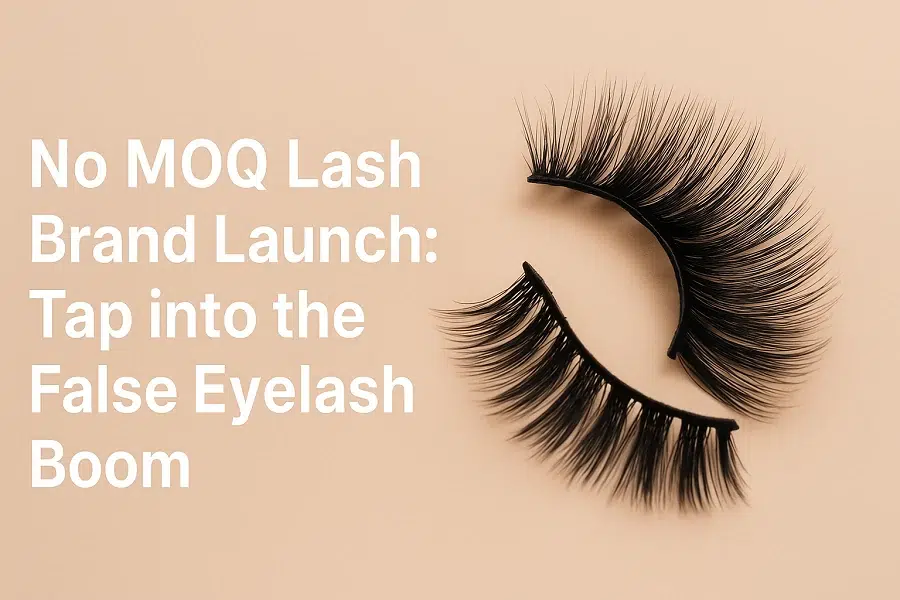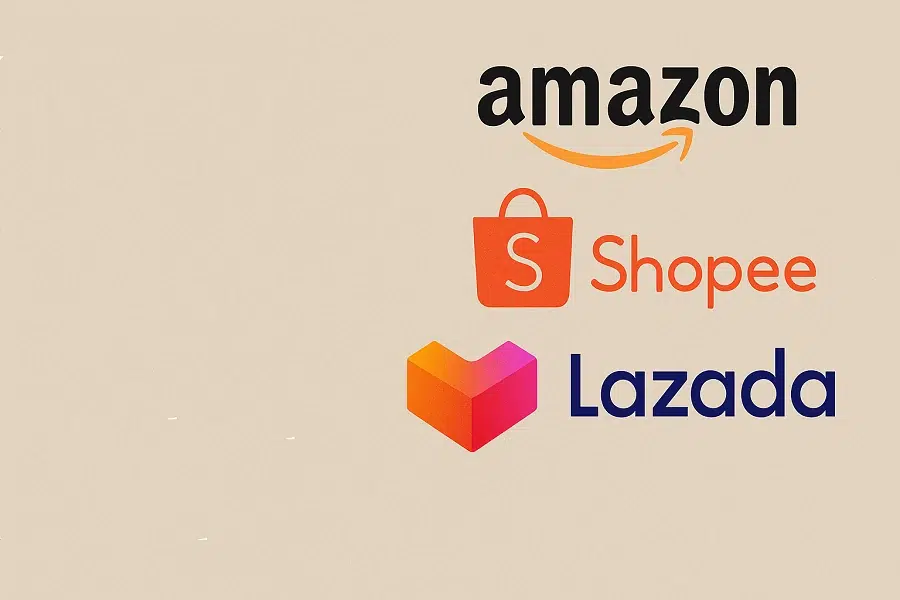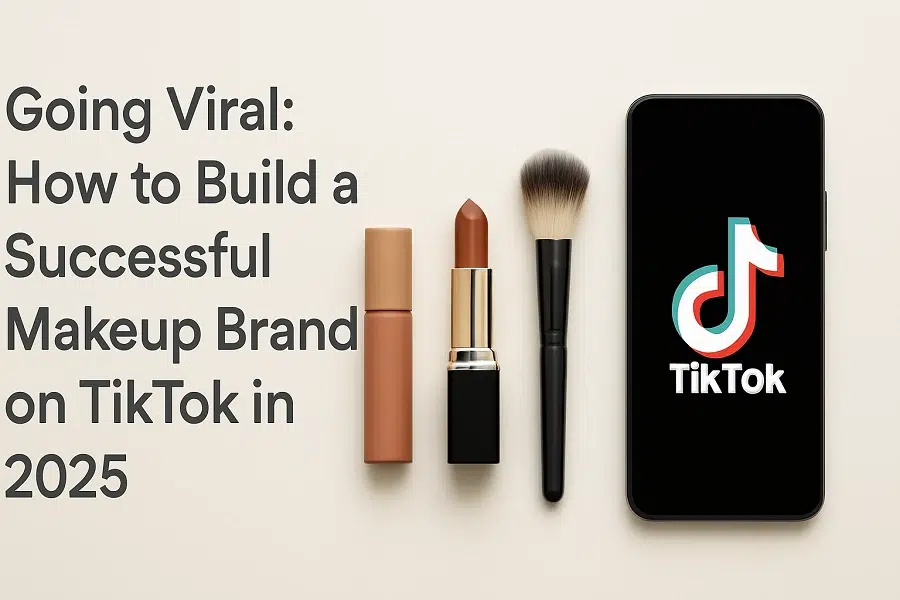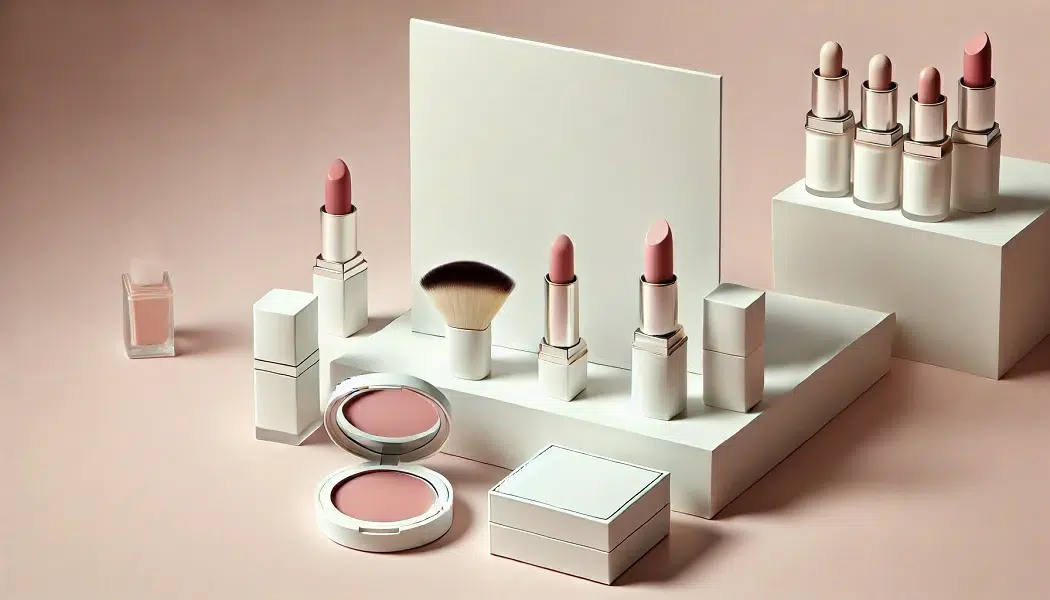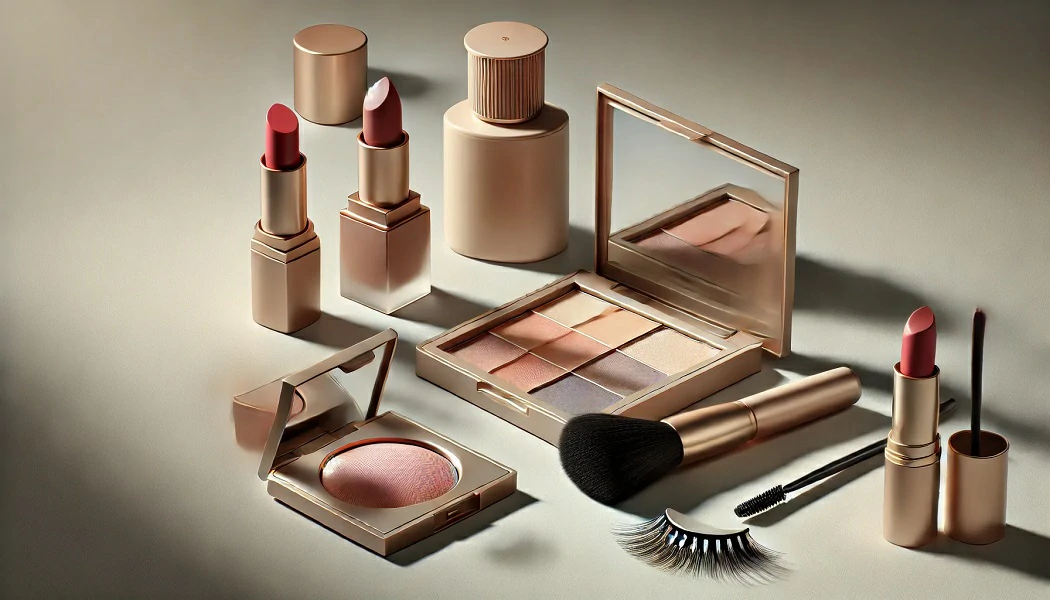This post dives into the details of pricing private label cosmetics. It provides valuable advice to help you price your brand name makeup products for maximum profit.
Table of Contents
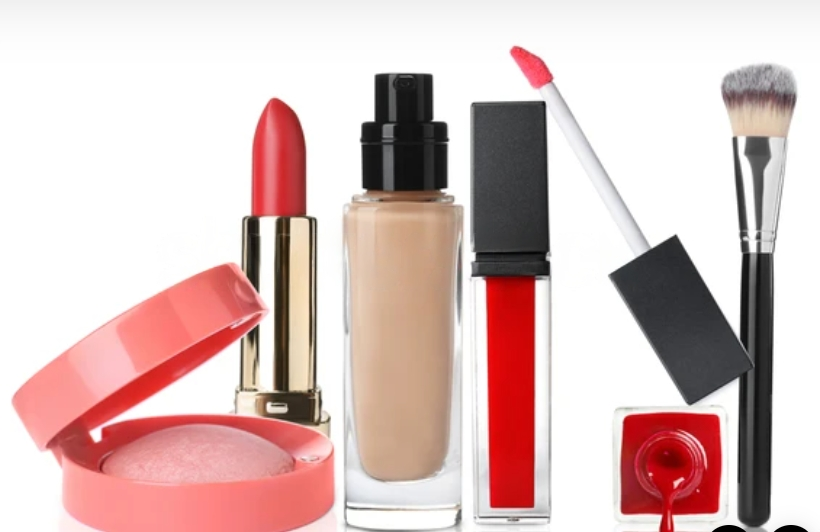
Did you know that by 2028 the world cosmetics market will reach $442.43 billion? That’s an industry with tremendous potential for growth. However, it also shows the growth possibilities for brands in this massive market are practically limitless.
So, what’s the most effective way to set your product prices to maximize profits without rendering them unaffordable?
Understand the Private Label Brand Cosmetics Market
Understanding the private label cosmetics market is crucial to price your beauty line adequately. When a single entity produces beauty and cruelty free products and sells them using a different company’s brand name, it results in private label cosmetics.
As a business-to-business (B2B) vendor, you can develop and market your private label brand.
But how can you optimize profits in this industry?
Staying up-to-date with the latest trends is critical to maximizing profits. Plus, you can identify products such as vegan cruelty free that offer the world the greatest opportunities for small profits and quality improvements.
This will help you gain a competitive edge to meet your potential customer needs.
What to Consider When Pricing Private Label Beauty Line
After knowing how the private label cosmetics industry work, it’s time to focus on pricing your private label products. Notably, pricing is a crucial factor influencing your profits and sales.
To improve your pricing decisions, it’s crucial to consider the contract manufacturing costs. These include raw material costs, labor, and overhead expenses.
Additionally, you need to look at your store range and competition. What are they charging for similar private label organic or vegan cruelty free products? Are they offering any discounts or promotions?
In essence, you must ensure your pricing is competitive to attract potential customers.
Finally, you must consider customer demand. How much are they willing to spend on your products? Are they ready to pay extra for organic products, cruelty free, or vegan cruelty free ingredients?
By understanding customer needs, you can price you private label cosmetics accordingly.
The Art of Pricing Private Label Products
Determining appropriate pricing to start selling your private label or cruelty free products can be tricky. Yet it remains a crucial aspect of launching your business.
You can look at price as both an art and a science, and striking the right balance between them is essential.
As an art, it involves a thorough understanding of your customer preferences. Similarly, as a science, it involves analyzing costs, margins, and competition.
So, what pricing models and strategies can you use?
One way to price your label cosmetics is by cost-plus pricing. This method allows you to add a markup to your product’s cost to set the selling price.
Another alternative to price your cosmetic products is value-based pricing. Using this model helps you determine the price based on the perceived value to your consumers.
In addition, you can use penetration pricing by setting a lower price for your product than your competitors. This can help you gain market share.
Overall, it’s essential to research and analyze market demand and competitors to develop the most competitive pricing analysis.
Tips for Setting Profitable Prices for the Launch of Brand
When setting a profitable price for your vegan cruelty free or paraben free cosmetics, ensure you know your cost of manufacture and formula development. This includes materials, production, and overhead costs such as marketing and packaging.
By understanding your cosmetic products’ costs, you can ensure that your prices cover them and leave room for profit.
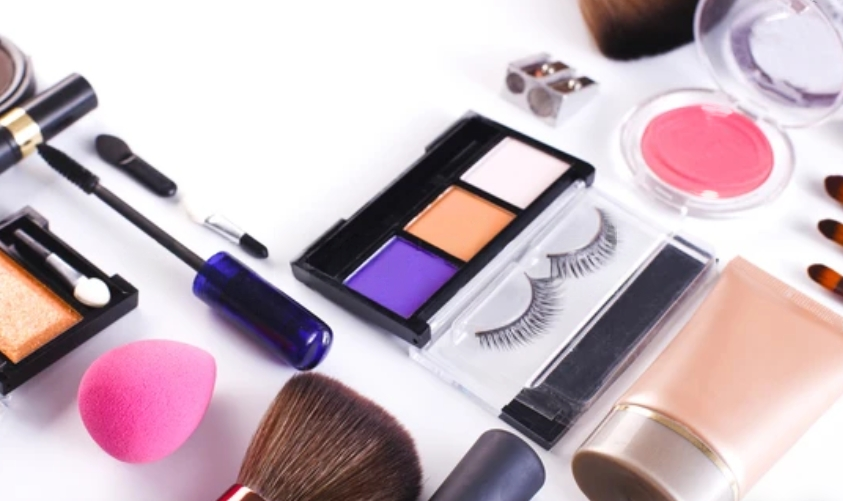
Another tip is to research your competition. What are their prices? How do their products, such as cruelty free and services, compare to yours? You can set competitive and profitable prices by understanding the market and your competition.
Finally, consider the perceived value of your products. For example, what special features such as vegan cruelty free do they have? What distinguishes them from other competing beauty products in the market?
Highlighting your brand, logo and products’ value can justify higher purchase prices and still create an appeal to your target audience.
From Manufacturer Costs to Retail Prices
You must consider your contract manufacturing costs, such as labor and materials for private label cosmetics. That’s because they will help you determine the minimum price to sell your beauty product to break even.
On the retail side, you must know the shipping, packaging, printing and marketing costs. Recent studies show that successful cosmetics companies spend about 10% of their revenue on marketing.
Notably, marketing spend varies depending on the size and goals of the company.
In addition, it’s essential to offer promotions or discounts. While these may initially decrease your profit margin, they can ultimately increase sales and overall profit.
An excellent way to illustrate this is by examining a privately labeled cosmetic enterprise selling a vegan cruelty free moisturizer for $20. An offer for a buy-one-get-one-free may help the company sell twice as many moisturizers but at the cost of a complete price list and reduced profit margin per unit. However, the boost in sales might cause the company name to make a larger overall profit.
The Psychology of Pricing Private Label Cosmetics
If you’re in the cosmetic products business, it’s essential to understand the psychology of pricing. That’s because most customers perceive higher-priced products as being of higher quality.
You can take this user perception to your advantage. Set a high initial price and then offer discounts to make customers feel like they’re getting a good deal. Mostly, this works well for luxury or premium products.
However, you need to find the right balance between pricing and quality. In most cases, overpriced beauty products can deter customers from purchasing.
You can also use the “decoy effect.” This involves offering three pricing options, where the middle option is designed to make the most expensive option seem more reasonable.
For example, you offer $10 lipstick, $20 lipstick, plus $30 lipstick. Customers still unsure of what they want are more likely to choose the $20 option. That’s because it appears to be the best value.
Common Pricing Mistakes to Avoid When Selling Private Label Cosmetics
Have you ever tried reducing your prices to compete with other sellers, only to learn that it failed to increase your sales?
Many private label cosmetic vendors and makeup artists fall into this trap. Lowering your prices may attract price-sensitive customers and hurt your profit margins.
Another common pricing mistake is failing to test pricing strategies. To avoid this problem, consider testing your sample order using different pricing strategies to determine which works best for your business.
You can achieve this via A/B testing. This involves offering different prices to different groups of customers and analyzing which price point leads to the most profit.
Testing different pricing strategies ensures you’re offering your service at the best possible price while maintaining profitability.
Conclusion
Pricing your cosmetic products for maximum profit requires careful consideration. By taking the time to research and calculate the optimal price point, you can increase your profit margins and grow your business. Open an online account at Aurora Global Brands to learn more about starting a successful private label cosmetic line. Take action and apply these strategies to your very own brand and business today.

